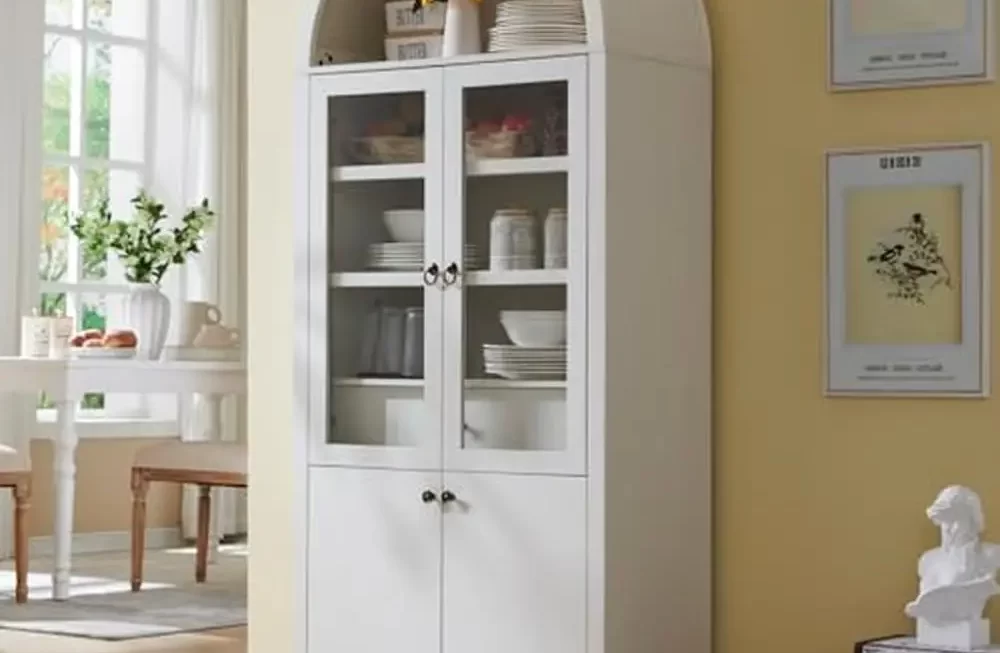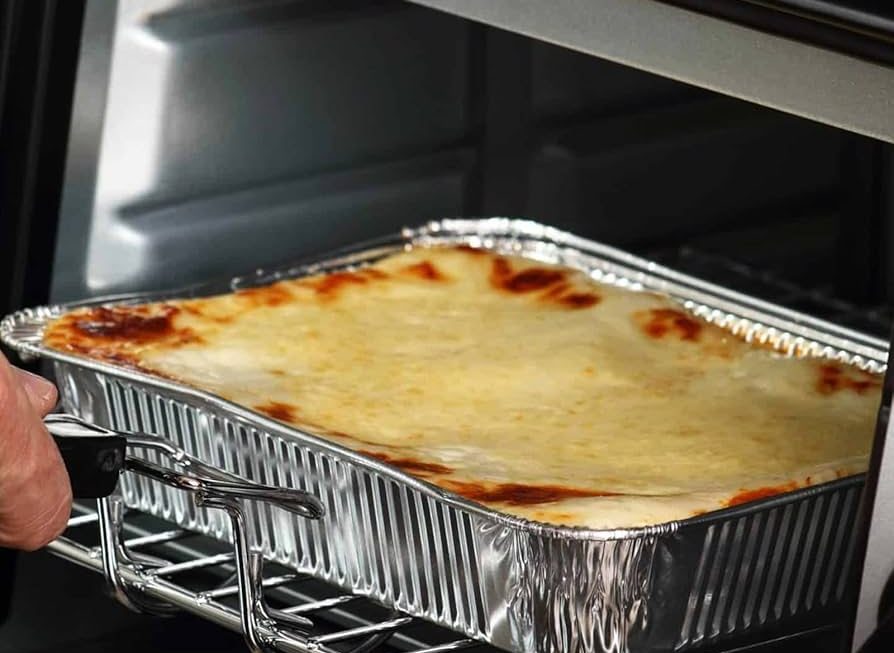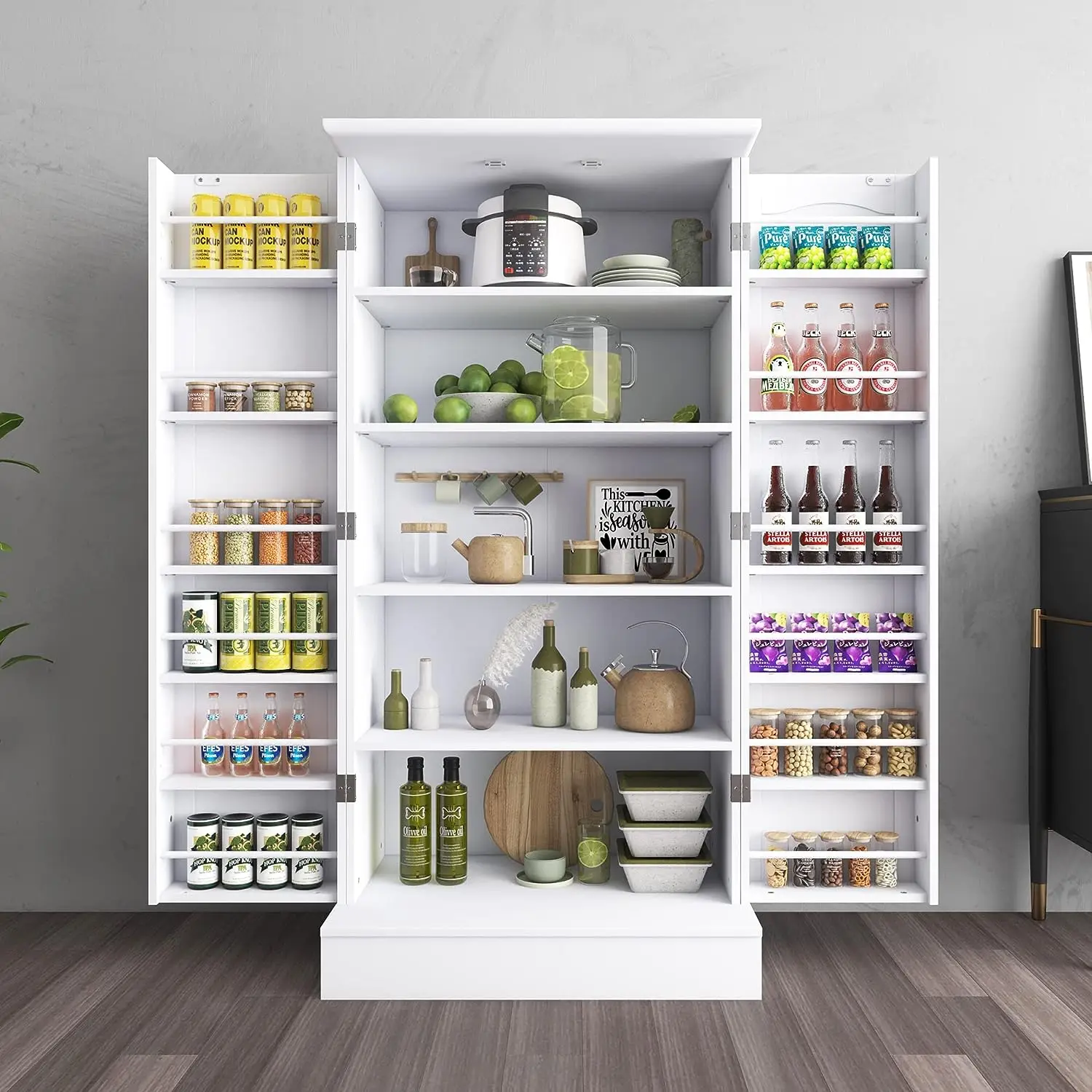 Introduction:
Introduction:
Having a small kitchen doesn’t mean you have to sacrifice storage or organization. A well-designed pantry can maximize space and make cooking and meal preparation more efficient. In this comprehensive guide, we will explore various ideas and strategies to help you optimize your small kitchen pantry, ensuring that every inch is utilized effectively.
Small kitchen pantry ideas offer several benefits:
Increased Storage Space: Small kitchen pantries provide additional storage space for keeping food items, kitchen supplies, and other essentials organized and easily accessible. With well-planned pantry ideas, you can maximize every inch of available space and efficiently utilize shelving, drawers, hooks, and other storage solutions.
Improved Organization: A well-designed small pantry helps in organizing groceries, cooking ingredients, and kitchen supplies. By having designated spaces for different items, such as canned goods, dry goods, snacks, and cooking utensils, you can easily find what you need when preparing meals or restocking your pantry.
Reduced Clutter: By utilizing small kitchen pantry ideas, you can reduce clutter in your main kitchen area. Clearing countertops and cabinets by storing items in the pantry creates a cleaner and more visually appealing kitchen space.
Enhanced Efficiency: With items neatly arranged and easily accessible in a small pantry, you can save time and effort while cooking or baking. Having a well-organized pantry means you can quickly locate ingredients and supplies without rummaging through messy cabinets or excessive searching.
Food Preservation: Small kitchen pantries can help with proper food storage and preservation. By providing a designated area for perishable and non-perishable food items, you can keep track of expiration dates and ensure that items are used before they spoil or go bad.
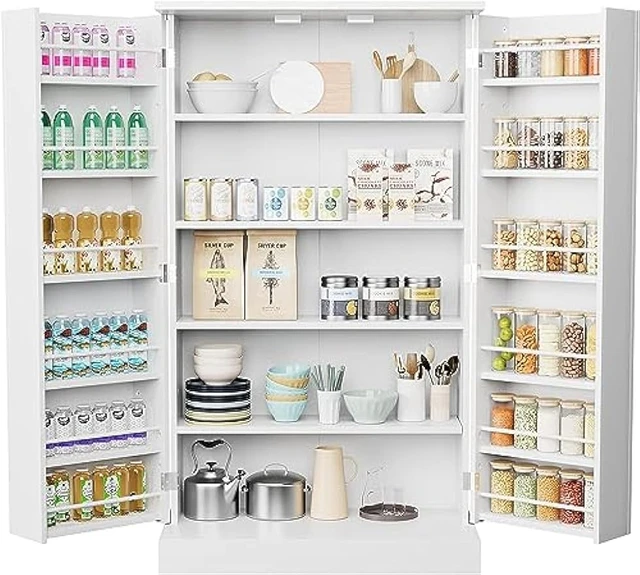 Pantry Layout Ideas
Pantry Layout Ideas
Reach-In Pantry:
A reach-in pantry is a narrow and shallow pantry that maximizes vertical storage space.
Install adjustable shelves and organizers to accommodate different-sized items and maximize storage capacity.
Walk-In Pantry:
If you have an available adjacent closet or spare room, consider converting it into a walk-in pantry.
Utilize adjustable shelving, baskets, and clear containers to create separate zones for different food categories.
Opt for floor-to-ceiling pantry cabinets in a compact kitchen.
Utilize pull-out drawers, vertical dividers, and door-mounted racks to create organized and accessible storage.
Open Shelving Pantry:
Install open shelving to showcase pantry essentials, such as jars, canisters, and colorful ingredients.
Use baskets or fabric bins for larger items or those needing concealment.
Storage and Organization Ideas
Vertical Storage:
Make use of vertical space by installing wall-mounted shelves or hooks for hanging pots, pans, and other utensils.
Utilize the inside of cabinet doors for additional storage by attaching hooks or small shelves.
Pantry Door Organization:
Maximize the space on the pantry door with over-the-door organizers or a mesh pocket system to store small items like spices, snacks, or food wraps.
Use a clear shoe organizer on the pantry door to create extra storage pockets.
Lazy Susans and Turntables:
Use lazy Susans or turntables to maximize corner shelves or deep pantry shelves.
They provide easy access and visibility to items stored at the back of the shelf.
Clear Containers and Labels:
Transfer dry goods, snacks, and ingredients into clear containers to save space and maintain organization.
Label each container with the name and expiration date for easy identification.
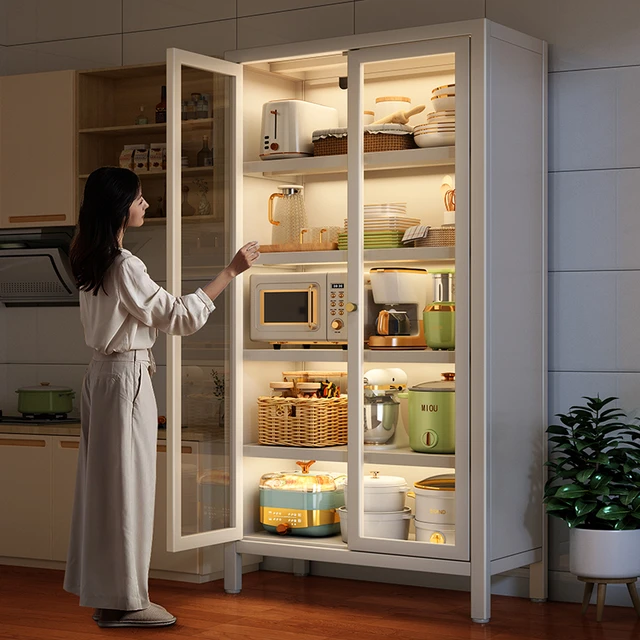 Space-Saving Strategies
Space-Saving Strategies
Pull-Out Pantry Shelves:
Install pull-out shelves that slide out from the pantry cabinet to ensure easy access and visibility of items at the back.
These shelves help prevent items from getting lost or forgotten.
Tiered Shelf Organizers:
Utilize tiered shelf organizers to stack cans, jars, or spices, maximizing the vertical space.
They enable better visibility and accessibility, avoiding cluttered and disorganized shelves.
Hanging Baskets:
Utilize the ceiling space by hanging baskets or wire racks from the ceiling to store fruits, vegetables, or lightweight items.
This frees up counter and shelf space while keeping items easily accessible.
Rolling Carts:
Use rolling carts with shelves or drawers to create additional storage and provide flexibility in a small kitchen.
These carts can be easily moved around, allowing for a versatile and convenient storage solution.
 Here’s how to clean a small kitchen pantry:
Here’s how to clean a small kitchen pantry:
Cleaning a small kitchen pantry involves a few simple steps. Here’s how to clean a small kitchen pantry:
Clear out and declutter:
Start by removing all items from the pantry. Take this opportunity to declutter and sort through the items. Discard expired or unused products and donate any non-perishable food items you no longer need.
Wipe down shelves and surfaces:
Using a damp cloth or sponge, wipe down the shelves and surfaces inside the pantry. Pay attention to any spills, stains, or crumbs that may have accumulated. For stubborn stains, make a paste of baking soda and water and gently scrub the affected areas.
Clean containers and food packaging:
Inspect the containers and food packaging you removed from the pantry. Wipe down any sticky or dirty containers with a damp cloth or wash them with warm, soapy water. Dry them thoroughly before putting them back into the pantry.
Vacuum or sweep the floor:
If your pantry has a floor, use a vacuum or broom to remove any dust, crumbs, or debris. Pay special attention to corners and hard-to-reach spots. For spills or stains on the floor, use appropriate cleaning products and follow the instructions provided.
Organize and restock:
Organize the items you’re putting back into the pantry. Group similar items together and consider using storage containers or bins to keep things tidy. Restock the pantry shelves, keeping frequently used items within reach and less frequently used items towards the back or at higher levels.
Regular maintenance:
To keep your small kitchen pantry clean and organized, develop a regular maintenance routine. Wipe down surfaces periodically, check for expired or spoiled food items, and declutter on a regular basis to prevent clutter build-up.
By following these steps and establishing a routine, you can keep your small kitchen pantry clean, organized, and fully functional. Regular cleaning and maintenance will help you efficiently manage your pantry and ensure your food items stay fresh and accessible.
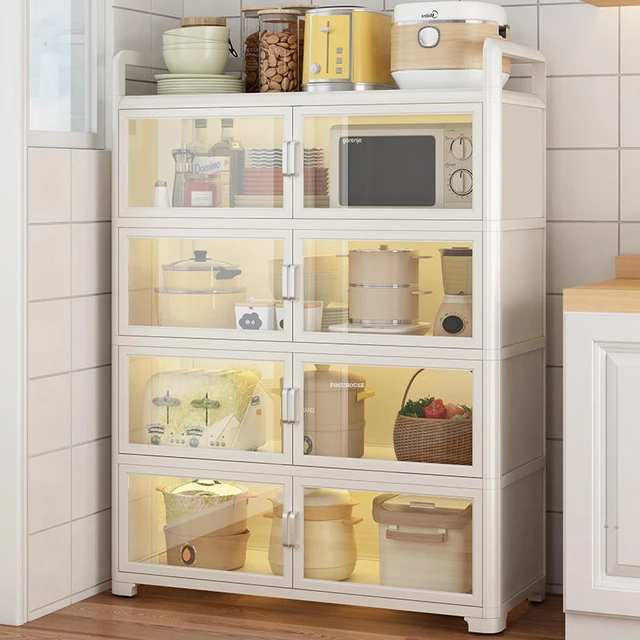 Conclusion:
Conclusion:
Even with a small kitchen, you can create an efficient and organized pantry that maximizes space and makes meal preparation a breeze. By implementing ideas such as reach-in or walk-in pantries, utilizing vertical space and pantry door organization, and incorporating space-saving strategies like pull-out shelves and rolling carts, you can transform your small pantry into a functional and organized storage area. Remember to optimize storage using clear containers, labels, and tiered organizers to maintain visual clarity and streamline your pantry experience. With these ideas and strategies, you can make the most of your small kitchen pantry, ensuring that every ingredient and utensil has its designated place within arm’s reach.

